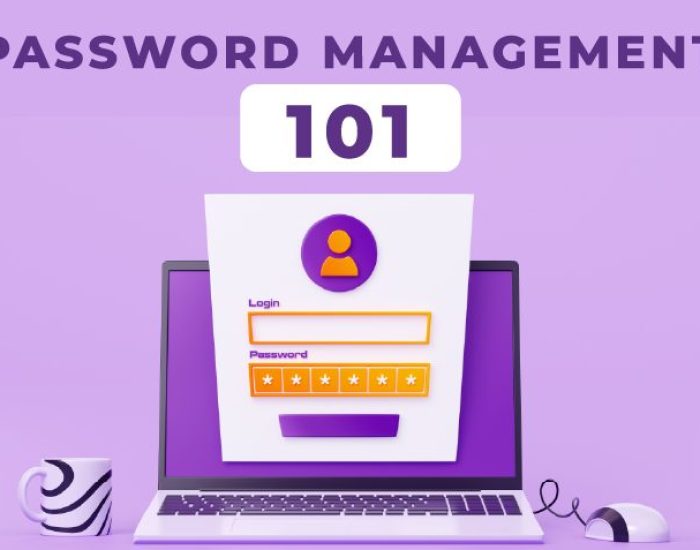Speed Up Your Network in 8 Steps
A faster network is all everyone wants nowadays. So, when our network is lagging or slower than usual, we tend to wonder, why on earth is my network so slow? Having a strong network is vital to creating an online presence, whether running a business or just having a personal blog to share your thoughts and opinions with the world.
The speed of your network can significantly impact your productivity and overall experience. A slow connection can make downloading files, streaming videos, or uploading large files a frustrating experience. There are several steps you can take to speed up your network. These tips will help you get the most out of your connection and improve the overall performance of your network.
Reasons for Slow Network
Here are some reasons for slow network speeds:
1. Old Equipment
Your network is possibly old and outdated and may not be updated with the latest technologies. This is especially true if you have an old router or modem that cannot handle the new standards.
2. Insufficient Bandwidth
If you don’t have enough bandwidth on your connection, it will take longer for your computer to send and receive files. Your device may freeze up as it struggles to get through all the data simultaneously.
3. Provider Throttling Your Connection
Several ISPs have started to throttle their customers’ connections after reaching certain limits, making it difficult for people to stream videos or browse at higher speeds. If this is happening on your account, contact your provider and request that they remove any restrictions on your connection speed.
4. Your PC has a Virus
Viruses occasionally infiltrate computers, slowing Internet speed and stealing resources without your knowledge.
5. Too Much Traffic
Suppose too many users are using your broadband connection at once. In that case, it could be causing congestion and affecting other people trying to access their services (such as streaming videos).
6. Incorrect Network Configuration
You can also find yourself with a slower network if you’ve changed settings on your router, firewall, or other devices connected to the router that affect the speed at which data travels between devices on your network.
For example, if you’ve changed how your router handles port forwarding, you may find that certain websites won’t load appropriately after making these changes.
7. Weak Wi-Fi Signals
Your Wi-Fi signal strength is the amount of power sent to your router, measured in decibels (dB). The higher the dB number, the stronger the signal. If you have an old or weak Wi-Fi router, you may not be able to get adequate signal strength on your home network.
You can try increasing the distance between your router and other devices on your home network by installing a new wireless repeater or range extender.
What is Network Optimization?
In order to monitor, manage, and enhance network performance, various technologies, tactics, and best practices are referred to together as “Network Optimization.”
It’s not enough for crucial networks to function properly in today’s highly competitive, dynamic corporate world. The world depends more and more on dependable, quick, safe, accessible, 24/7 data transfer as the digital era advances. Unfortunately, obsolete or inadequately sized hardware and subpar software can reduce available bandwidth and increase the delay. Performance issues and system vulnerability might result from outdated or underused network security solutions. Response times might be slowed down, and vital network services can be overloaded by sudden surges or traffic spikes. The list goes on, potentially leading to hundreds of growing problems that could harm the end-user experience.
Network optimization’s main objective is to provide the finest network performance and design at the lowest cost. An optimized network must encourage greater productivity and usefulness and enable effective and efficient data sharing. And to achieve this, network latency, traffic volume, capacity, and traffic direction must all be managed.
 How to Speed Up My Network?
How to Speed Up My Network?
The following tips can help you speed up your network.
● Check Your Router
The first thing you should do is check the integrity of your router. If it’s malfunctioning, then it is time for an upgrade. You can check if it has been updated by going to its settings page and studying for an update.
● Check Your Web Browser
If you’re having trouble with the speed of your network, there are likely too many open tabs or windows in your browser. Close all unnecessary tabs and windows to reduce the load on the main page and see if that helps.
● Use Antivirus Software
Turning on antivirus software is a good idea because it will stop any potentially harmful files from being downloaded onto your computer. The best antivirus programs protect you against malware and spyware (malicious software).
If you’ve already installed an antivirus program, be sure to update it regularly so that it stays protected against new threats.
● Clear Your Cache
The cache is a temporary space on your computer where websites store information about what they think might be helpful for you later on — like images or videos that might not be necessary at this point (but may become so later). Clearing out this cache can make pages load faster as well.
● Change Your Router’s Channel
This step is essential because different channels have different speeds and can cause congestion on the network. If you have multiple devices connected to the same network, changing the channel will speed up things for all devices on that network.
● Change Your Modem’s Settings
Your modem is responsible for choosing which channel to use when sending data out from your network, so if you want to improve performance, try setting it on a different channel than what you’re currently using (for example, if you’re using channel 6, try operating channel 3).
● Turn Off Unused Hardware
Another way to speed up your network is by turning off any unused hardware on your computer system. This includes printers, modems, and other devices that may not be in use at the time but are still plugged into the wall or modem port.
It might be tempting to leave these devices plugged in so they will stay connected until needed again. Still, this practice can slow down your computer because it takes more power from the wall outlet or modem port than required and may even cause damage if left plugged in for too long without being in use.
● Get a Better Plan
You may only be paying for slow Internet if you’ve checked your speed and compared it to the figure your Internet provider should receive, and the numbers line up. In this situation, you might want to think about choosing an upgrade.
Final Words
There are several reasons why your network may be either running slow or not working properly, and it could be that the problem is on your side of the router. Fortunately, that doesn’t mean you don’t have any options to fix it.
With an effective network management solution from Protected Harbor, you can expect a significant increase in productivity and efficiency. You can reduce latency, drop-outs, and other communication issues. You can even improve reliability with a robust and reliable security solution leaving you to feel secure with a best-in-class network security solution. It will also reduce the stress and frustration of network troubleshooting by network engineers and IT managers.
By offering the knowledge necessary to identify complicated issues and provide proactive remedies, Protected Harbor assists businesses in maintaining the functionality of their intranet and Internet applications.
With this advanced technology, your business can have the confidence to expand, explore new markets, and grow its profits without worrying about network speed or outages. You can also view our small business network security checklist here.
Get a free consultation today with one of our network engineers and stop worrying about network issues.






